Gardening for Conservation
April 17, 2023 | By Shoal Creek Conservancy
For thousands of years the land has been cultivated for agriculture, built upon, or left alone, usually when cultivation or building was impractical or undesired in a certain area. After becoming president in 1901, Theodore Roosevelt, a passionate nature enthusiast, used his authority to establish 150 national forests, 51 federal bird reserves, 4 national game preserves, 5 national parks, and 18 national monuments on over 230 million acres of public land. Roosevelt appreciated the “value of natural beauty as a National asset” and outdoor life and recreation as beneficial to its citizens, so primarily aimed to preserve the exquisite scenery.
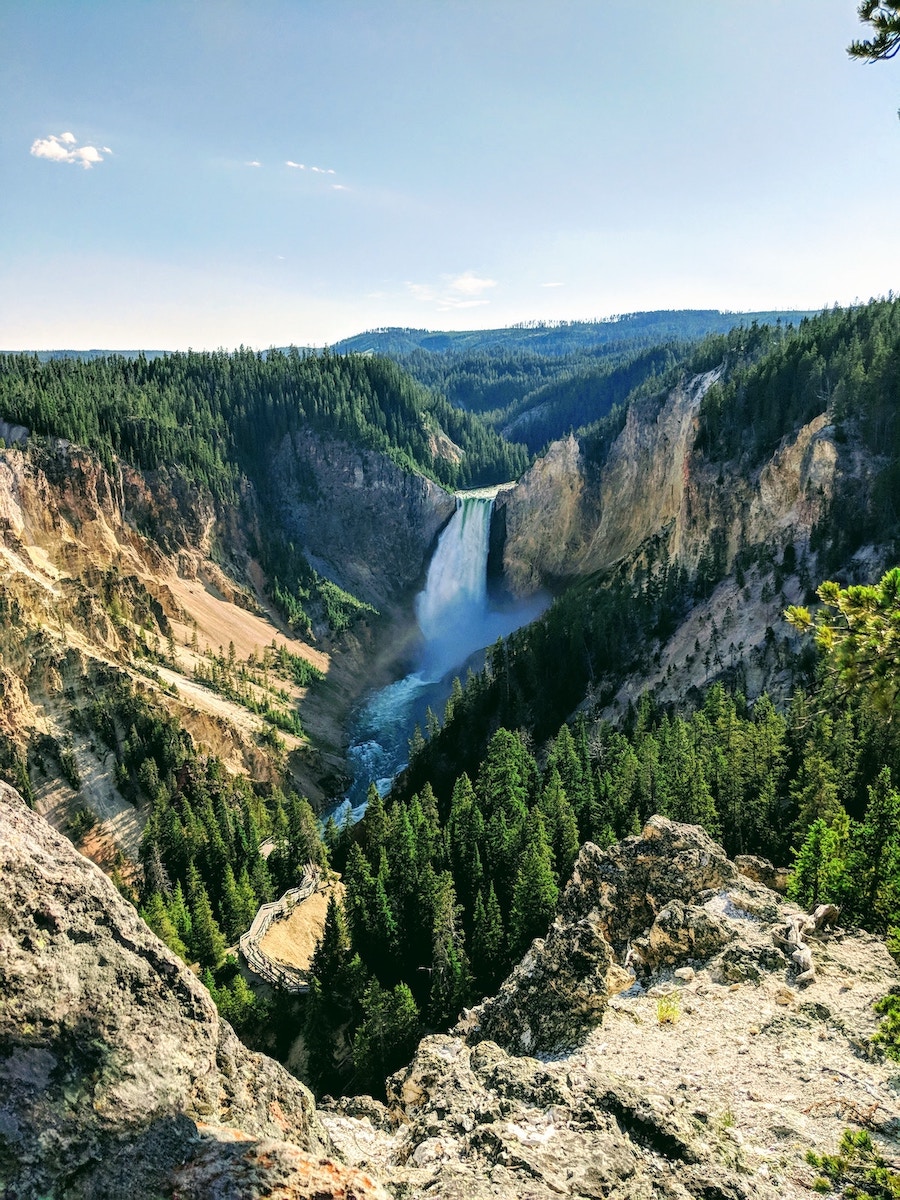
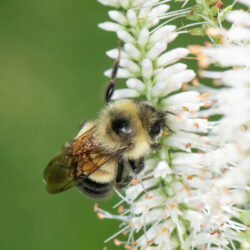
Early conservationists worked in these protected areas that were set apart from people, giving the impression that humans and nature cannot coexist. Habitat fragmentation revealed that some parks and preserves are too small and dispersed to support large populations of flora and fauna. Smaller habitats can lead to reduced biodiversity–the variety of species present in a habitat or ecosystem–and to smaller populations which are vulnerable to adverse events that could result in localized extinction. The rusty patched bumble bee is one example. Defaunation, the reduction in abundance of animal populations, is a crucial concern since healthy and diverse flora and fauna is the foundation of ecosystem function.
Biological or wildlife corridors expand connectivity between parks and preserves, but they do not necessarily expand the amount of available habitat, keeping populations smaller and at risk. To maintain larger and more biodiverse populations, viable habitats are needed outside of these protected areas. This means implementing conservation practices on private property and changing our relationship with nature from the early adversarial to the now collaborative–the emphasis of the Homegrown National Park movement. Our properties are part of the local ecosystem and so they have an impact on the ecosystem.
Every landscape has four ecological responsibilities:
- Support food webs
- Sequester carbon
- Clean and manage water within its watershed
- Support pollinators
Unfortunately, residential and commercial lawns accomplish none of these. More area devoted to turf grass lawn means more stormwater runoff rather than ground infiltration, more fertilizers, herbicides, and pesticides entering the watershed, more energy used for mowing, less carbon removed from the atmosphere and stored in plants, trees and the soil, and fewer plants supporting pollinators and other wildlife.
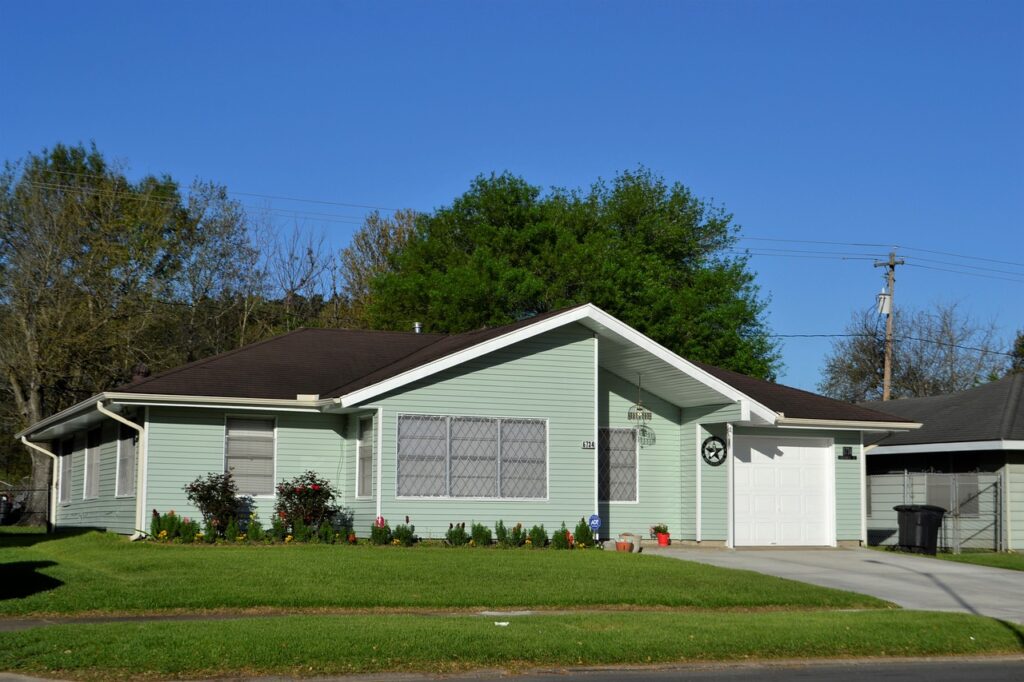
But, when replacing a lawn with other vegetation, plant choice makes a big difference in how well it supports biodiversity and the local food web. Healthy landscapes should be built around plants that sustain wildlife, especially caterpillars and pollinators, with the goal of providing food, water, shelter, and places to raise their young.
- Contributors: plants that enhance ecosystems (example: oak tree, thousands of wildlife species use it for food and shelter)
- Non-contributors: plants that contribute little to ecosystem function (example: ginkgo, a nice ornamental but few species eat it)
- Detractors: plants that degrade ecosystem function (example: Nandina, a nice ornamental but its berries are toxic and it is highly invasive, pushing out contributors)
The best way to create a landscape that supports food webs, sequesters carbon, filters stormwater, and provides for pollinators is a conservation gardening approach. More specifically, removing invasive species and planting more natives.
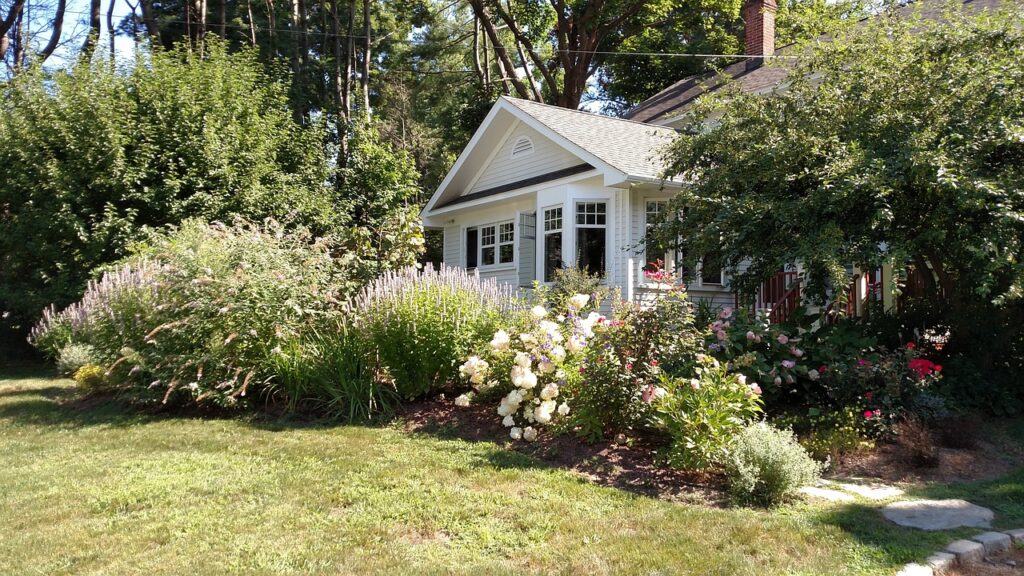
A native plant garden does not need fertilizer to thrive, and once established, it hardly needs additional watering. Native plants provide pollinators and other wildlife with food and habitat, encouraging biodiversity and population growth. They help to prevent soil erosion, while allowing rainwater to infiltrate into the ground. They also won’t escape your yard and invade local riparian corridors. Native plants are adapted to live in a certain region, so they are generally hardy in both summer and winter weather conditions, and are resistant to pests and diseases.
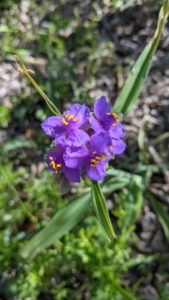
The LBJ Wildflower Center has a wonderful Native Plant Database that is searchable by characteristics like locale, soil moisture, amount of sun, height, etc., which is very useful for helping gardeners select the right native plants for their landscapes. The City of Austin also offers the Grow Green Plant Guide, as both an online search tool or pdf, with recommended species for the Austin area. The Austin Youth Forest Council created an Austin Homegrown Park Guide with some additional gardening tips. Then, on your next walk along Shoal Creek in the spring, look out for the numerous native species flourishing in the area.
Shoal Creek Conservancy supports the same ecological approach within the Shoal Creek watershed by conducting riparian restoration efforts (join us!), establishing rain gardens, and aiding the city in creating Grow Zones and wildflower meadows.
The ability to impact your local ecosystem is empowering! There are big problems to solve, but taking action locally is manageable and focused, and has a significant ripple effect. If you own property, start there. Plant a container garden if there is no bare ground at your location. Conservation is possible on any size property. If planting in your own space isn’t feasible, help someone else on their property, or help a local park, preserve, or conservancy, like Shoal Creek Conservancy, or at a community garden. Whatever the case, plant with purpose!
Actions YOU can take:
- Reduce the area of your lawn
- Plant more native species, especially keystone plants
- Add a pollinator garden or rain garden or pocket prairie
- Remove invasive species
- Leave leaf litter since many pollinators latch onto dead leaves then drop on the ground to pupate in the decaying vegetation
- Eliminate fertilizers, herbicides, and pesticides – use mosquito dunk rather than fogging
- Create a wildlife habitat by providing food (nectar, pollen, seeds, berries, etc. from native plants), water (reliable sources like fountains or ponds, especially during drought conditions), shelter (shrubs and stacked rock walls offer escape from predators and bad weather), and places to raise young (dense shrubs, a nesting box, or pond)
- Implement other sustainable landscaping practices, like green stormwater infrastructure, for possible rebates
- Turn off non-essential nighttime lights and switch to yellow outdoor lighting, directed downward, to reduce light pollution that disrupts birds and insects
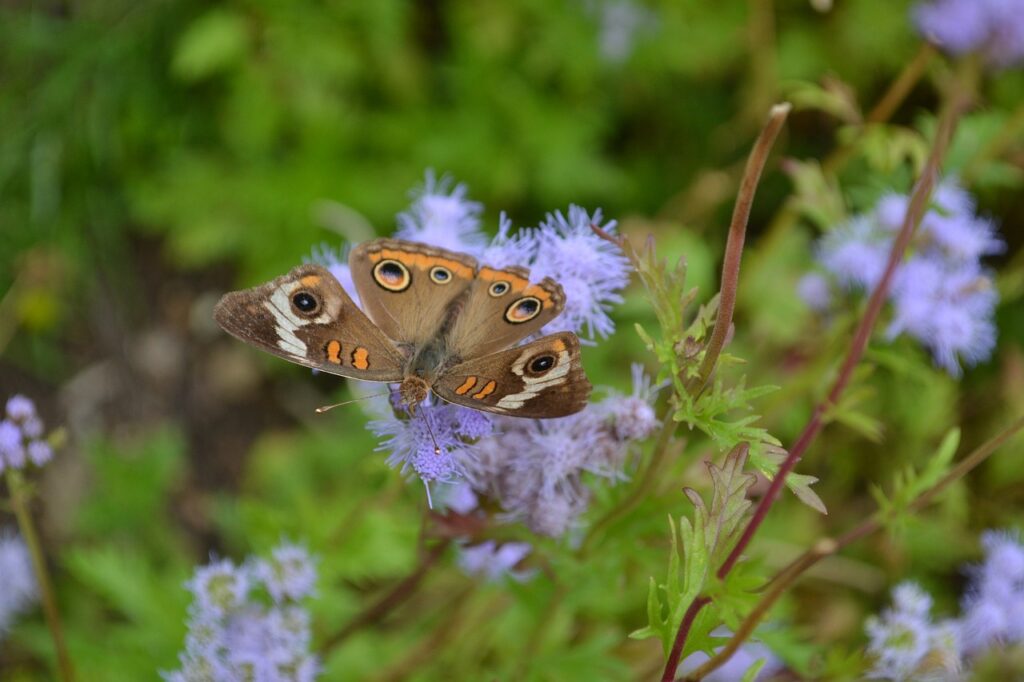
Resources:
- Homegrown National Park
- Austin Homegrown Park Guide created by the Austin Youth Forest Council
- LBJ Wildflower Center Native Plant Database
- LBJ Wildflower Center Plant Lists & Collections
- City of Austin Grow Green Plant Guide – online search tool
- City of Austin Grow Green Plant Guide – pdf
- The National Wildlife Federation Keystone Plant Guide
- Container Gardening with Keystone Plants
- Native Tree Growing Guide for Central Texas
- List of Austin Invasive Species
- Austin Watershed Protection Grow Green Program
- Austin Watershed Protection Rain Garden Information
- Austin Watershed Protection Rebates, Free Stuff & Grants
